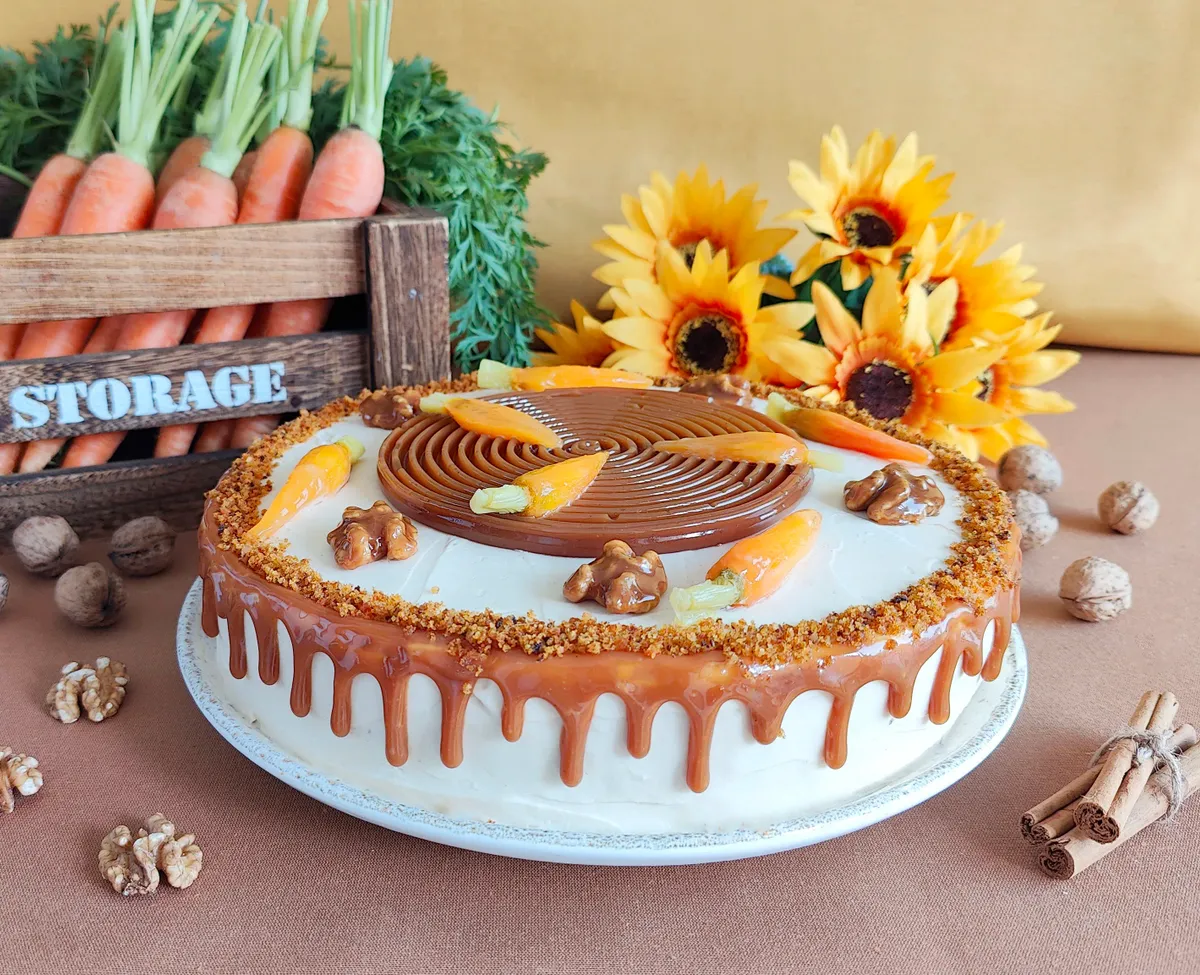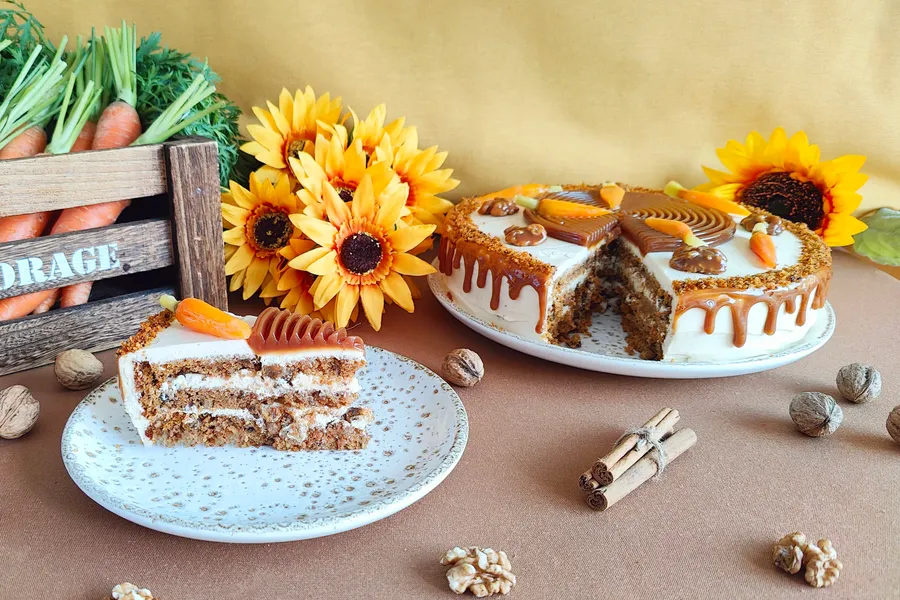
The history of Carrot cake
The carrot cake has its roots in medieval Europe, where sugar was a luxury and natural sweeteners such as carrots and fruits were more accessible. Although the first carrot cake recipes date back to the 18th century, it was not until the mid-20th century that this dessert gained popularity in the United States and the United Kingdom.
The use of carrots in baking can be traced back to the Middle Ages when sugar was scarce and expensive. Instead of relying on expensive ingredients, people turned to sweet vegetables like carrots to sweeten their cakes. Over time, the carrot cake recipe was refined and adapted to local tastes.
During World War II, sugar shortages and the need to make use of available ingredients propelled the popularity of carrot cake in the United Kingdom. Carrots, with their high natural sugar content, became a tasty and economical alternative to sweeten cakes. Additionally, the moisture it adds to the batter helps keep the cake fresh for a longer time.
As carrot cake established itself as a beloved post-war dessert, the recipe underwent various variations. The addition of nuts, raisins, and spices such as cinnamon and nutmeg became common elements that enhanced the cake's flavor complexity.
In the following decades, carrot cake became even more popular, becoming a classic in bakeries and households worldwide. Its moist texture, balanced flavor, and the ability to customize it with ingredients like cream cheese frosting or vanilla glaze have contributed to its position as a delicious and versatile option in the world of baking.

 albertoimizcoz
albertoimizcoz

